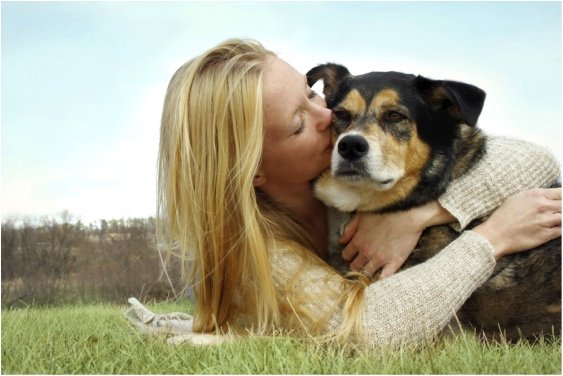
Blog
Dealing with Guilt After Pet Euthanasia: A Guide for Pet Parents in Phoenix, AZ
Discover compassionate strategies for dealing with guilt after pet euthanasia. This guide for Phoenix pet parents offers practical tips to process grief, shift focus from regret to love, and find healing after saying goodbye to your cherished companion.
Euthanasia 101: Understanding Euthanasia for Arizona Pet Parents
Discover compassionate pet hospice and in-home euthanasia services in Phoenix, AZ. Our guide explains how to provide gentle, dignified end-of-life care, helping you navigate tough decisions, create a peaceful farewell, and access support during your pet’s final moments.
Pet Hospice 101: Processing Grief with Compassion and Support
Pet hospice provides compassionate care for pets and support for grieving families. Learn how to navigate pet loss with empathy and guidance.
Answers to Common Questions About Pet Euthanasia in Phoenix, AZ
Learn about pet euthanasia in Phoenix, AZ, including in-home options, signs it’s time, and how to ensure a peaceful goodbye for your pet.
Pet Hospice 101: Understanding Compassion Fatigue and How to Overcome It
Discover how to recognize and manage compassion fatigue in pet hospice. Gain self-care tips and support to maintain emotional well-being while providing end-of-life care.
Comprehensive List of Virtual Pet Loss Support Groups
Virtual pet loss support groups provide a compassionate space to share, heal, and connect with others. Find expert guidance and understanding from anywhere.
Coping with the Loss of a Pet: Finding Comfort and Healing
Grieving the loss of a pet can be overwhelming. This guide offers compassionate advice, emotional support, and practical resources to help pet owners navigate their grief and honor their beloved companions.
The Complete Guide to At-Home Pet Euthanasia: Compassionate Care for Your Beloved Companion
Discover the complete guide to at-home pet euthanasia. Learn about the process, benefits, and compassionate care to provide your pet with a peaceful goodbye.




















